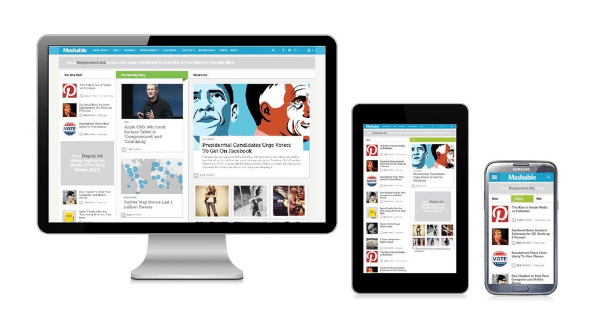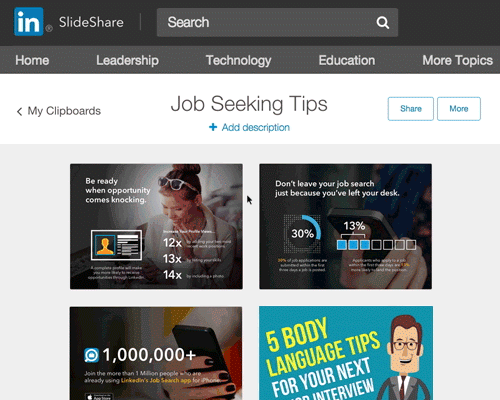Competing in the SEO market for content marketing is no walk in the park. There’s a ton of competition and Google can by a tough overseer to impress. But if you can avoid making common SEO mistakes, you’ll gain a big advantage over your rivals and give yourself a big boost with the all-important Google rankings.
Here’s a list of 6 frequent SEO slipups content marketers make and how to avoid them
- Misplacing Your Content
No matter how awesome your content is. If it doesn’t have a home that attracts a sufficient amount of links that lead directly back to your website then it’s probably not going to generate much traffic for you. Setting up your content on platforms such as Facebook, Pinterest, Twitter, and LinkedIn will probably cause your content to go to waste since your external links will lead to intermediary sites. It will be competing with a whole bunch of other sites’ links, causing the links to your site being no-followed.
Additionally, using third-party sites like Buzzfeed or Washington Post will be a tough go for you. Due to the amount of other sites’ links you’ll be competing against on their page, not to mention their restrictive editorial guidelines. Even if Buzzfeed publishes an amazing list article that you’ve put together, it won’t do much for you SEO wise since the site doesn’t permit direct links to your site.
So how do we work around this?
Simple. If your goal is to build link authority, forget about the social media platforms and third party sites and place it on your own website. You have to be sure that you publish a high-quality content, first of all. You can do it by yourself or you can ask to help such services as Get Academic Help. This way you can just focus on driving all traffic to your site . And your readers will be exactly where they need to be when they’re ready to give you the conversions you’re looking for.
- Be Outcome-Focused, Not Activity-Focused
A lot of content marketers are smitten with the idea of following whatever tasks are listed as an SEO “best practice”. They’ll build their to-do list around whatever activities they’re told are the way to go.
The problem though is that many of these tasks will do very little, if anything at all, to enhance your SEO. For example, meta descriptions do nothing to improve your rankings. And yet they’re often prioritized as something that significant time must be spent on.
Thus, your strategy should be centered around doing whatever will lead to your desired outcome. By locking your focus on a bright, shiny goal, you can use all of your time and resources to achieve it. While filtering out the stuff that would be a busy-work distraction at best or could knock you off course at worst. The best part of this being that once you hit a particular goal. You can set up your next goal and begin operating with a clear purpose towards that.
- Make Sure Your Target the Right Audience
While laser-focusing your content marketing towards your ideal customers might seem like the obvious thing to do, you’ll be making a big mistake with regards to your SEO. What you need to understand? Is that it’s not your potential customers that make up the critical part of your audience. It’s the people who have the most influence online under Google’s ever watchful eye.
Of course, this doesn’t mean relevance goes out the window. Obtaining links from online studs in industries totally different than yours most likely won’t do you much good. However, if you can create entertaining content that captures the interest of those visiting these big sites, you’ll have a good chance of drawing lots of visitors. Who’ll be intrigued by what you have to offer when they hit your site.
- Pushing For “Likes” over “Links”
Are you’re implementing social media into your content marketing strategy? Then you’re totally missing the boat in you aren’t applying the concepts of successful SEO to it. SEO has to be the backbone of all your marketing and getting a bunch of retweets, likes, and shares aren’t going to do a thing to pump up your Google ranking.
You want the links.
The central focus of your social media marketing should be to entice bloggers of influence to link to your website. Doing things that are simply cute or entertaining without gaining new links from them are essentially a waste of time as far as SEO is concerned.
- Not Connecting With A Power User
The more heavy hitters you can attract to your site, the better your link building will go. So hooking up with power users – bloggers, journalists, social media butterflies, celebrities – with big followings who can provide you with links that can attract serious traffic is a tremendous way to boost your SEO.
And the best part is that you don’t need to win over a bunch of them.
In fact, if you can just snag one power user you’ll be well on your way to impressing Google and shooting up the rankings.
Before you go big game hunting is that attracting a power user can be challenging. You should be ready to compensate a power user. Could be cash, could be favors. Since very little in this world is free and you need to know how to locate these power users to even have a shot at winning one over. One way is to consult your SEO consultant if you have one, who may be able to point you in the right direction. Or may already have a connection to one. While another way is to seek them out on the various social networking sites and attempt to build a relationship through there.
- Not Selecting the Right Keywords
What might be a highly effective keyword for one business could be a complete dud for another?
An example of this would include using generic keywords. That draw in visitors going with global keywords when your business only caters to a local crowd. Or keywords that might hook in visitors only seeking free info but have zero interest in purchasing anything.
Early on at least, your aims should be to go with keywords. That specifically match your service and the audience you’re aiming for. This will help you attract an audience that is already interested in what you’re selling. Which should, in turn, cause your Google rankings to rise. The flip side of this is that as your business grows, you could begin to optimize with keywords that will appeal to a broader audience.
















 If you can take any of the other types of content on this list and somehow incorporate that content into a video, you have a sure winner on your hand. In fact, if you want to get the most bang for your content buck, consider going back through old posts to see if you can create updated versions using video. Your followers who are visual learners will appreciate it, and they will be more likely hit the share button to recommend your post to others.
If you can take any of the other types of content on this list and somehow incorporate that content into a video, you have a sure winner on your hand. In fact, if you want to get the most bang for your content buck, consider going back through old posts to see if you can create updated versions using video. Your followers who are visual learners will appreciate it, and they will be more likely hit the share button to recommend your post to others. Be bold! Make predictions. Have strong opinions about your industry and express them without fear. Let
Be bold! Make predictions. Have strong opinions about your industry and express them without fear. Let

 If you need content created quickly that will also be shared, crowdsourcing is definitely an option to consider. Crowdsourced or
If you need content created quickly that will also be shared, crowdsourcing is definitely an option to consider. Crowdsourced or  Sometimes, the trick isn’t really a trick at all. You simply have to either become better at doing something or leverage tools to help you create content more efficiently. A well-selected tool can make it easier for you to produce content, proofread and edit that content, publish that content, and promote it. You can also use tools to create stunning visual content that is sure to get shared. You can also use tools to help you curate content Here are just a few tools that can help you get your content out to your audience quickly.
Sometimes, the trick isn’t really a trick at all. You simply have to either become better at doing something or leverage tools to help you create content more efficiently. A well-selected tool can make it easier for you to produce content, proofread and edit that content, publish that content, and promote it. You can also use tools to create stunning visual content that is sure to get shared. You can also use tools to help you curate content Here are just a few tools that can help you get your content out to your audience quickly.